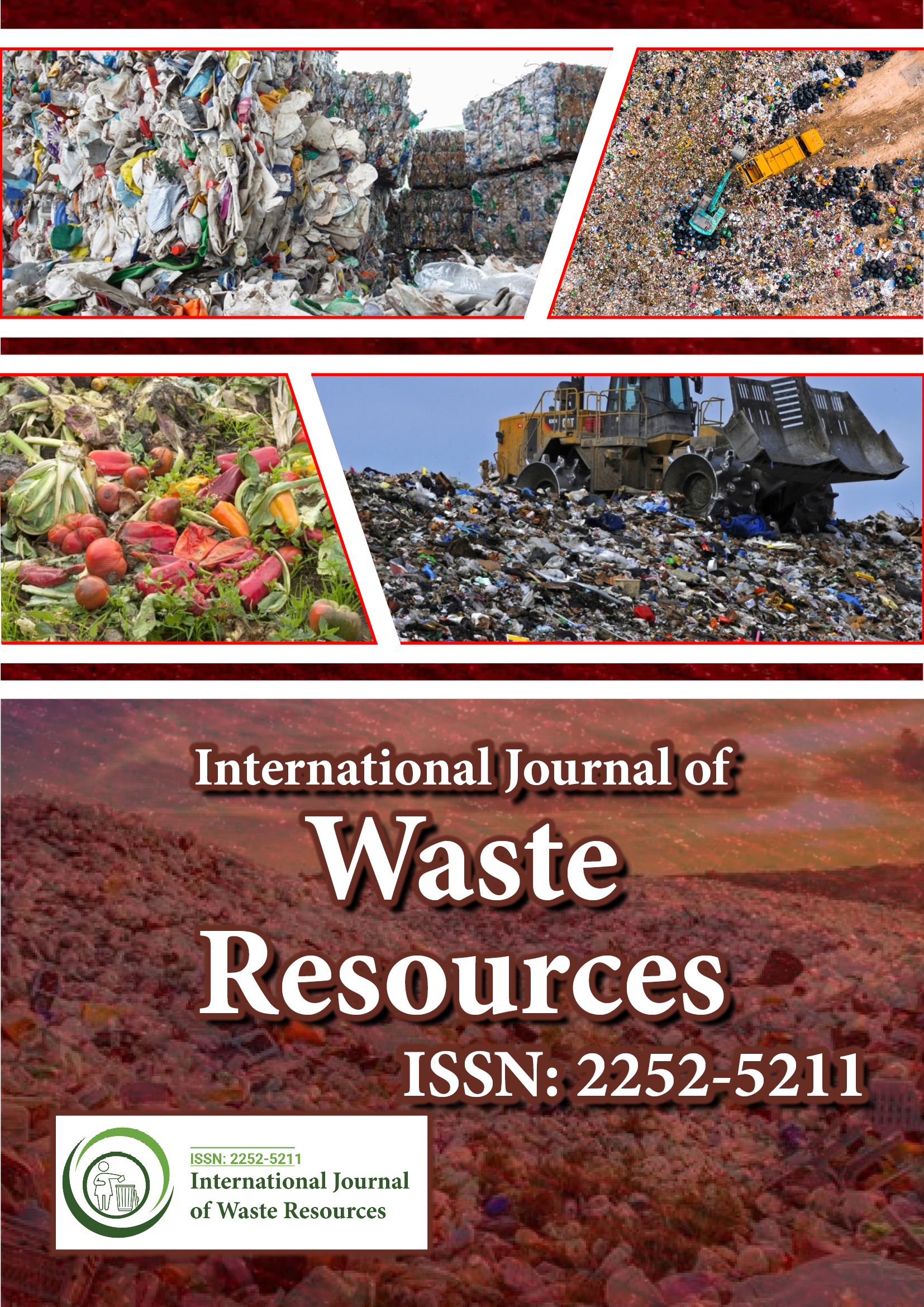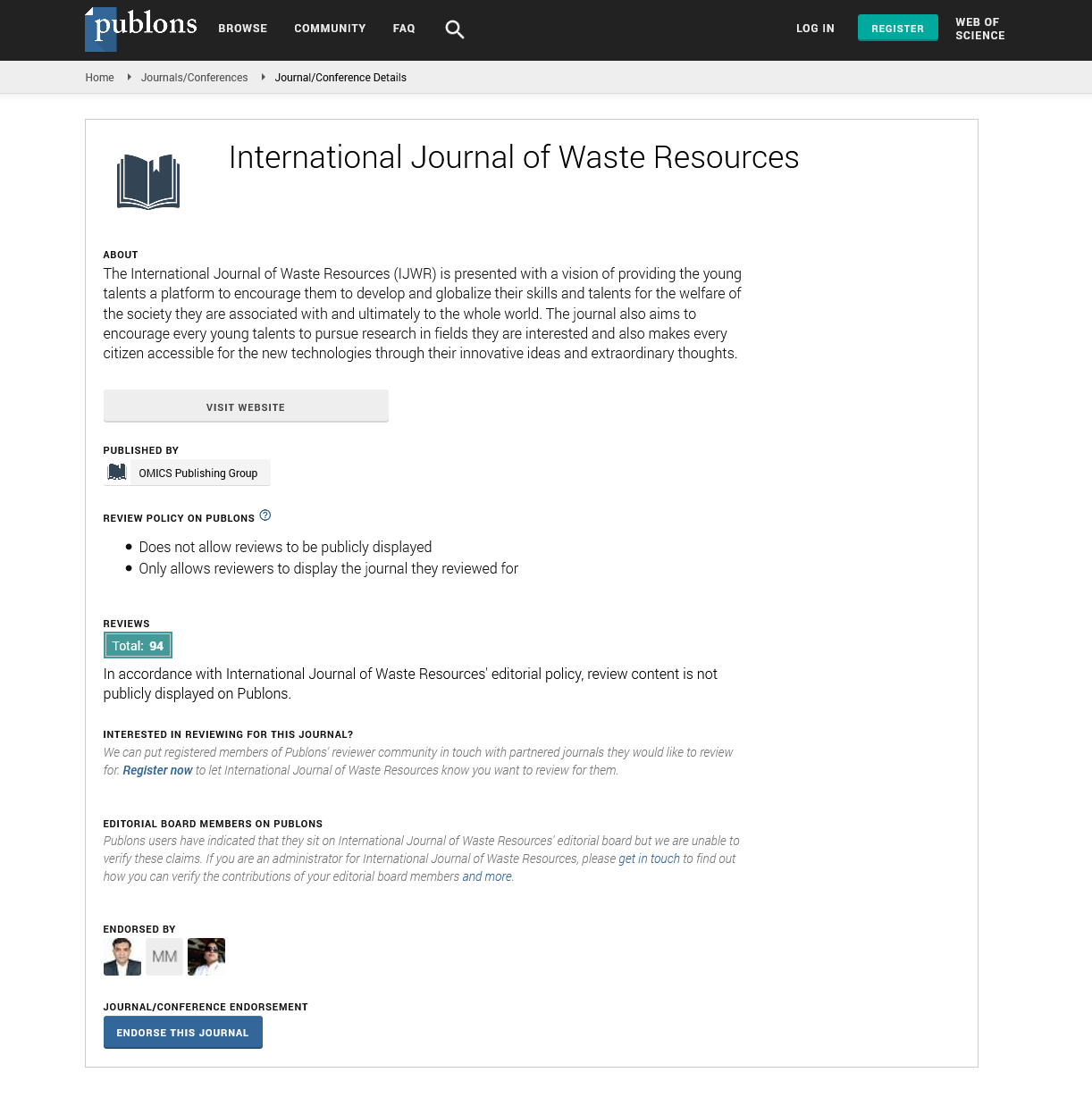Indexed In
- Open J Gate
- The Global Impact Factor (GIF)
- Open Archive Initiative
- VieSearch
- International Society of Universal Research in Sciences
- China National Knowledge Infrastructure (CNKI)
- CiteFactor
- Scimago
- Ulrich's Periodicals Directory
- Electronic Journals Library
- RefSeek
- Directory of Research Journal Indexing (DRJI)
- Hamdard University
- EBSCO A-Z
- Publons
- Google Scholar
Useful Links
Share This Page
Journal Flyer

Open Access Journals
- Agri and Aquaculture
- Biochemistry
- Bioinformatics & Systems Biology
- Business & Management
- Chemistry
- Clinical Sciences
- Engineering
- Food & Nutrition
- General Science
- Genetics & Molecular Biology
- Immunology & Microbiology
- Medical Sciences
- Neuroscience & Psychology
- Nursing & Health Care
- Pharmaceutical Sciences
Abstract
Waste to Energy from Flue Gas of Industrial Plants to Biodiesel: Effect of CO2 on Microalgae Growth
Mohammad Matin Hanifzade, Zahra Nabati, Omid Tavakoli and Mohammad-Hossein Sarrafzadeh
Microalgae are a good source of lipid and other valuable chemicals which have applications in biodiesel production and food industry. Waste management using microalgae has recently gained attention since microalgae can grow by utilizing nutrient from waste resources. Carbon is quantitatively most important nutrient for cultivation of microalgae and can be supplied from flue gas of industrial plants. In this regard, selection of a suitable species of microalgae which has capability to grow using concentrated CO2 from flue gas is an important consideration. In this study, the effect supplying two concentrations of CO2 (5% and 15% (v/v)) during cultivation of two microalgae strains were investigated (Chlorella vulgaris and Scenedesmus obliqus). The results showed maximum biomass concentration of 2.59 g/L under 5.0% and 1.41 g/L under 15.0% CO2 concentration for Chlorella vulgaris. However, the maximum biomass concentrations for Scenedesmus obliqus turned to be 30-60% lower. Also, the results indicated 40% and 130% higher maximum biomass productivity for Chlorella vulgaris under 5% and 15% CO2 relative to Scenedesmus obliqus. Similarly, the maximum carbon dioxide fixation was shown to be significantly higher for Chlorella vulgaris relative to Scenedesmus obliqus. Overall our results indicated that Chlorella vulgaris is the more appropriate species to be used for cultivation using flue gas of industrial plants.

